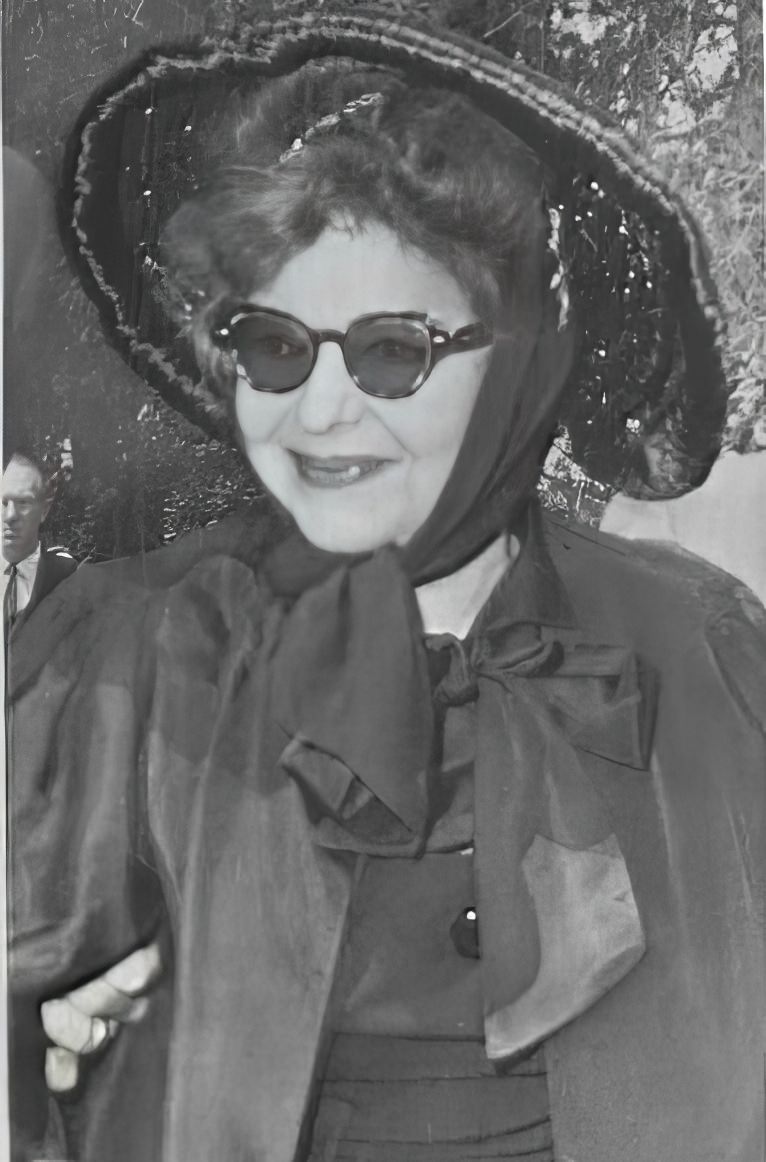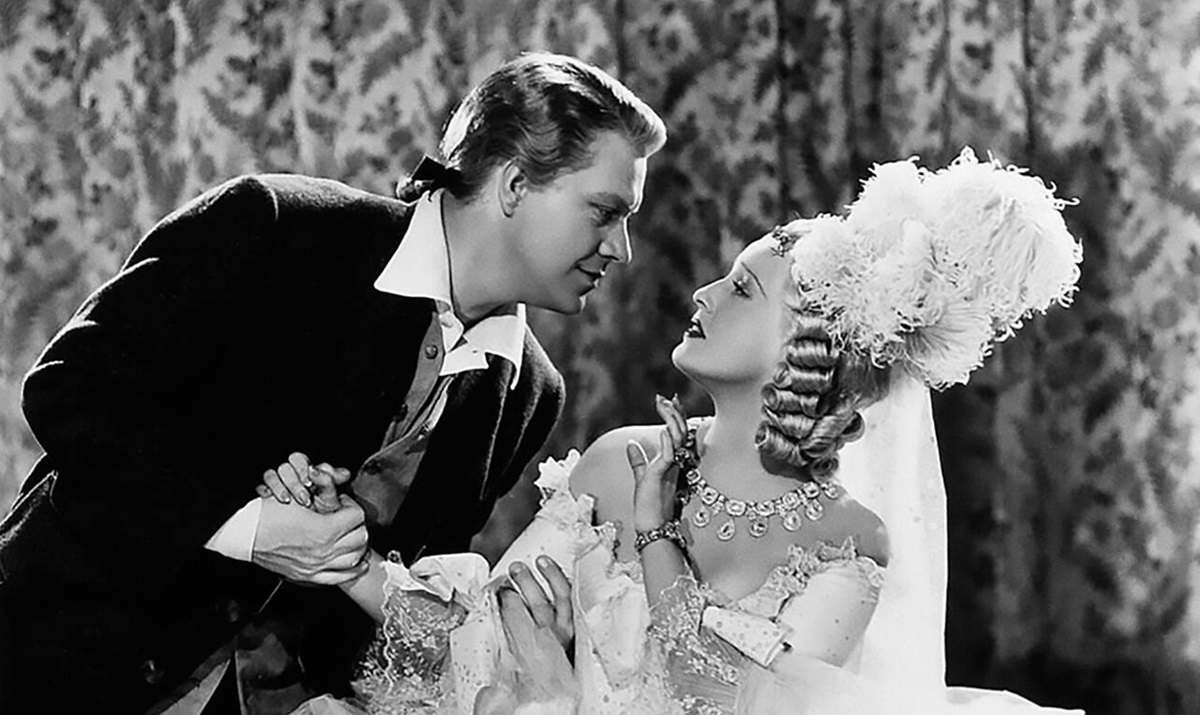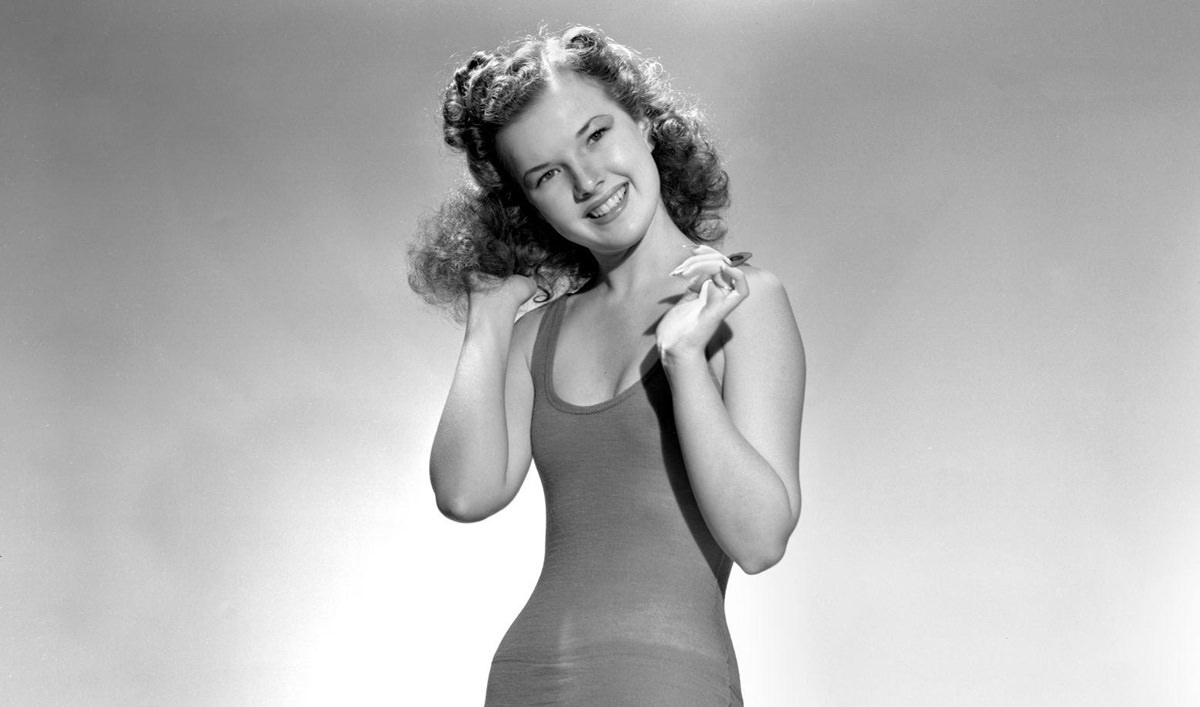Clara Bow, the “It” Girl who once charmed the silver screen with her dazzling presence, faced a starkly different reality in her final years. A silent film legend, whose star had shone brightly in the roaring twenties, Clara’s health and fortunes faded as the spotlight dimmed.
In a modest bungalow in Los Angeles, the former actress, who had once been the embodiment of the flapper era, lived out her later life far from the glitz and glamour she had once known. After a tumultuous career, marked by incredible highs and devastating lows, Clara sought a quieter existence, one that was unfortunately plagued with health issues, particularly concerning her heart.
By the 1950s, Clara Bow had retreated from Hollywood. The public, once so captivated by her every move, knew little of the difficulties she faced. Her once-sparkling eyes had witnessed the harsh realities of fame, and her heart, both emotionally and physically, had been through a great deal.
Despite her withdrawal from the public eye, Clara never fully escaped the pressures and memories of her past. She struggled with mental health challenges, a fact that became public when she was treated for a nervous breakdown. It was a time when such personal struggles were less understood and more stigmatized, adding another layer of struggle to her life.
Clara’s heart condition was a silent battle that she fought away from the cameras. By the 1960s, her health was failing, and those who had once worked with the vivacious star could hardly recognize her. Her once-ubiquitous image in fan magazines and newspapers was replaced by silence and speculation about where she had gone.
Then, on September 27, 1965, Clara Bow passed away from a heart attack at the age of 60. It was a somber end to a life that had once been the epitome of youthful exuberance. Her death didn’t make the front pages like her films once did, but for those who remembered the bright young thing of the 1920s, it was the end of an era.


Clara Bow was laid to rest in the Forest Lawn Memorial Park in Glendale, California. Her final resting place is a serene testament to her enduring legacy, albeit far removed from the Hollywood fanfare. Located in the Great Mausoleum, her crypt is relatively unassuming, a stark contrast to the unforgettable impact she made on the film industry and American culture.
Today, her grave is a site of pilgrimage for film historians and fans alike, who come to pay their respects to the star who once said, “They yell at me to be dignified. But what are the dignified people like? The people who are held up as examples for me? Are they happy?”



